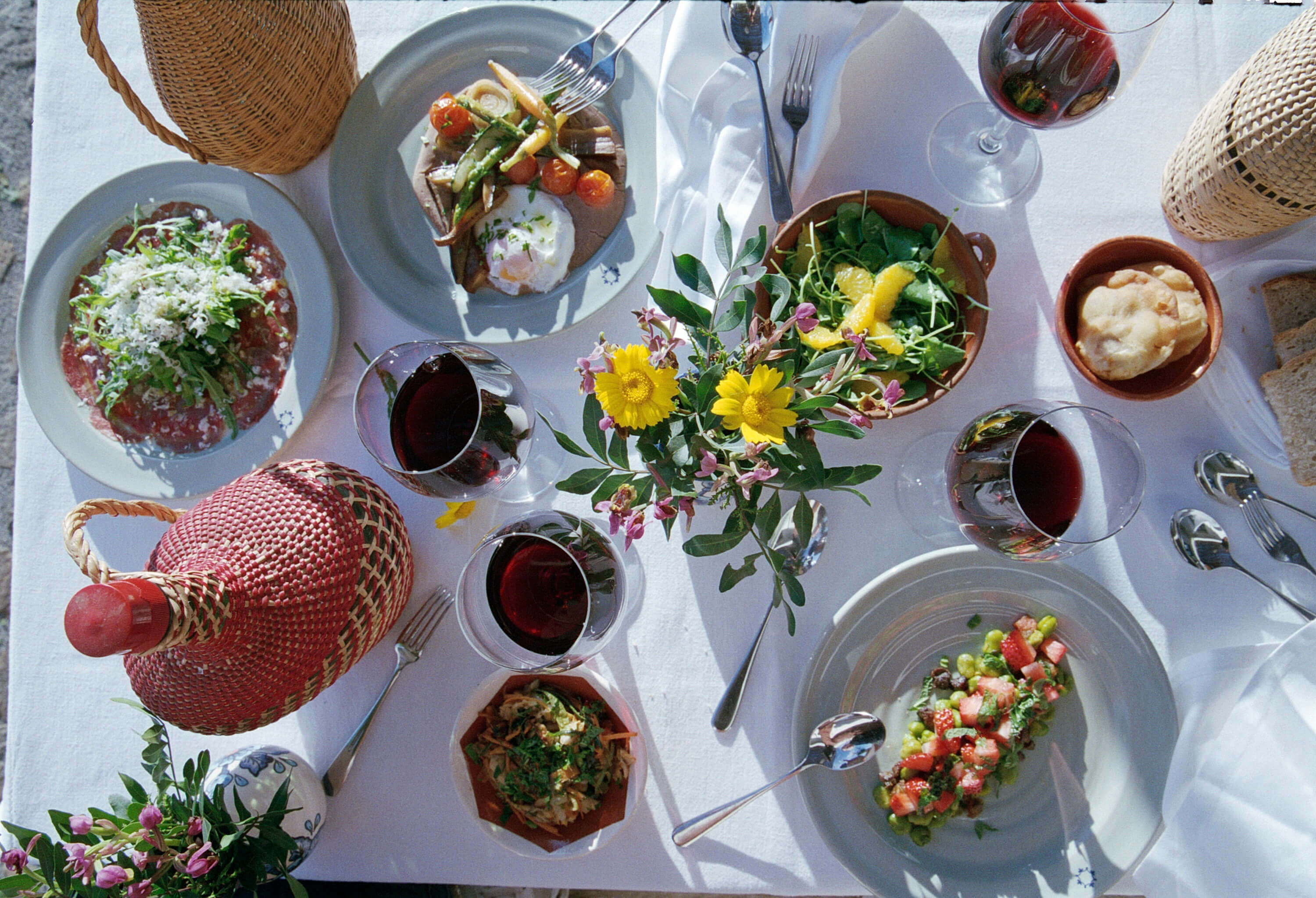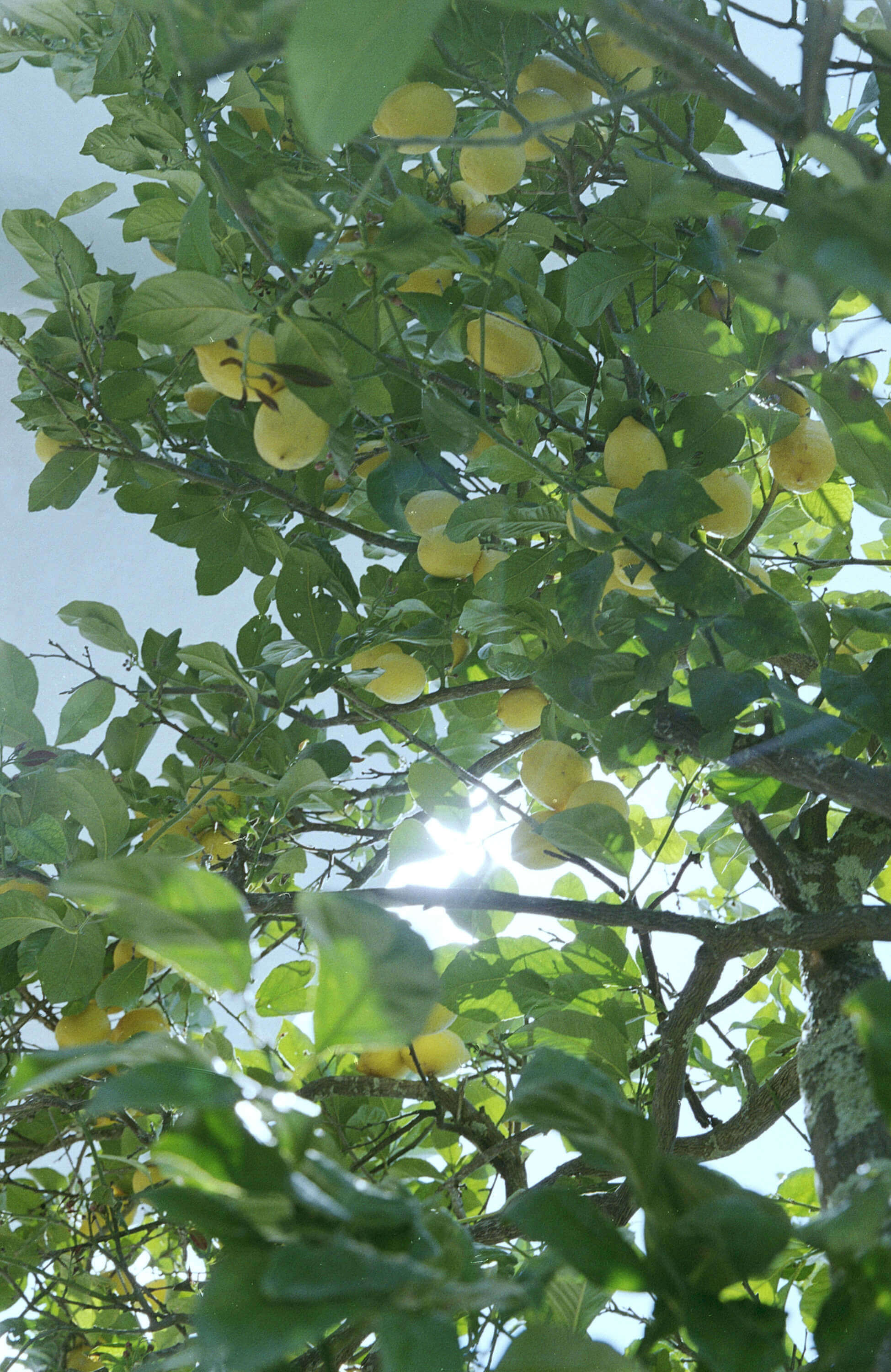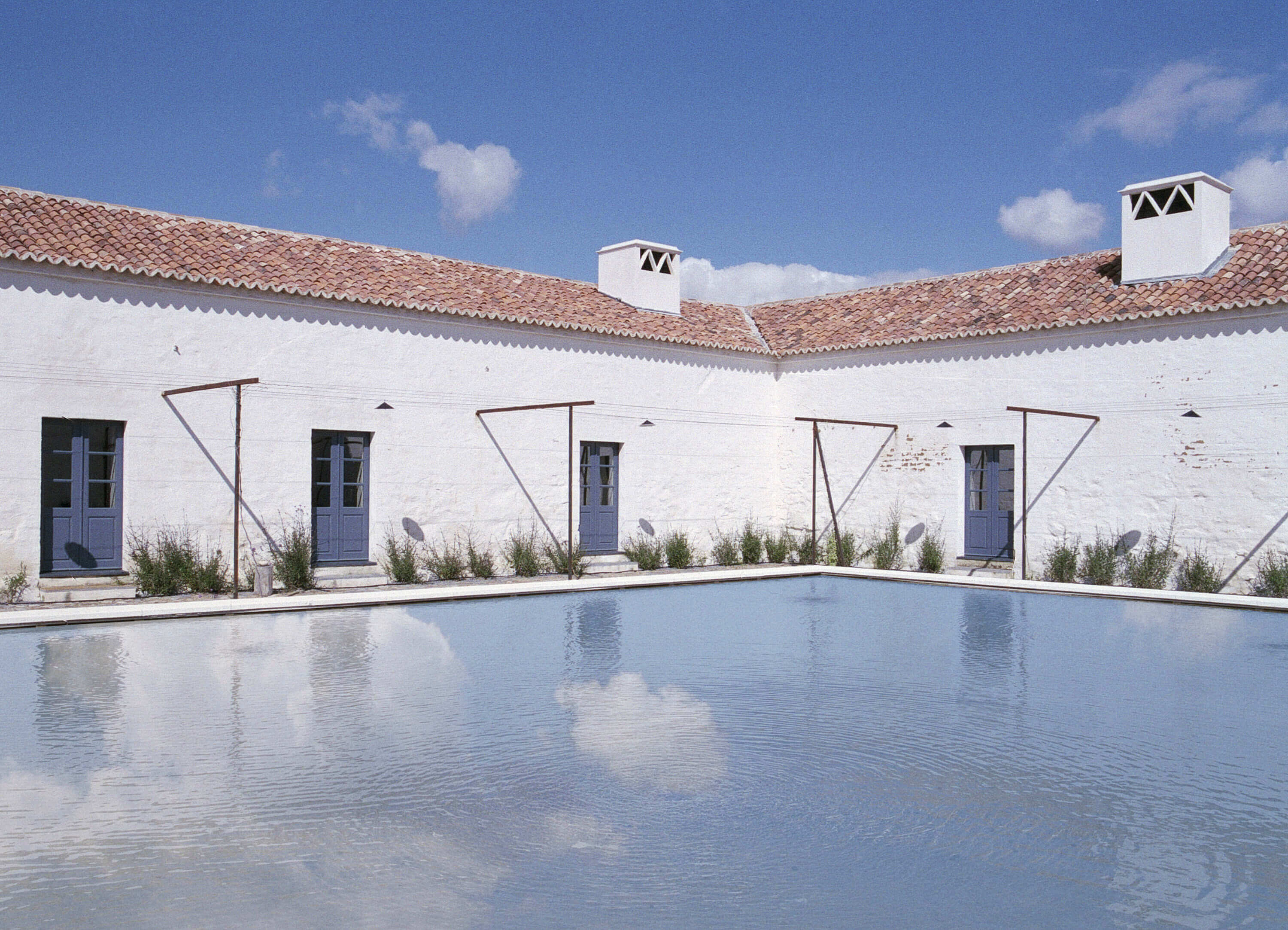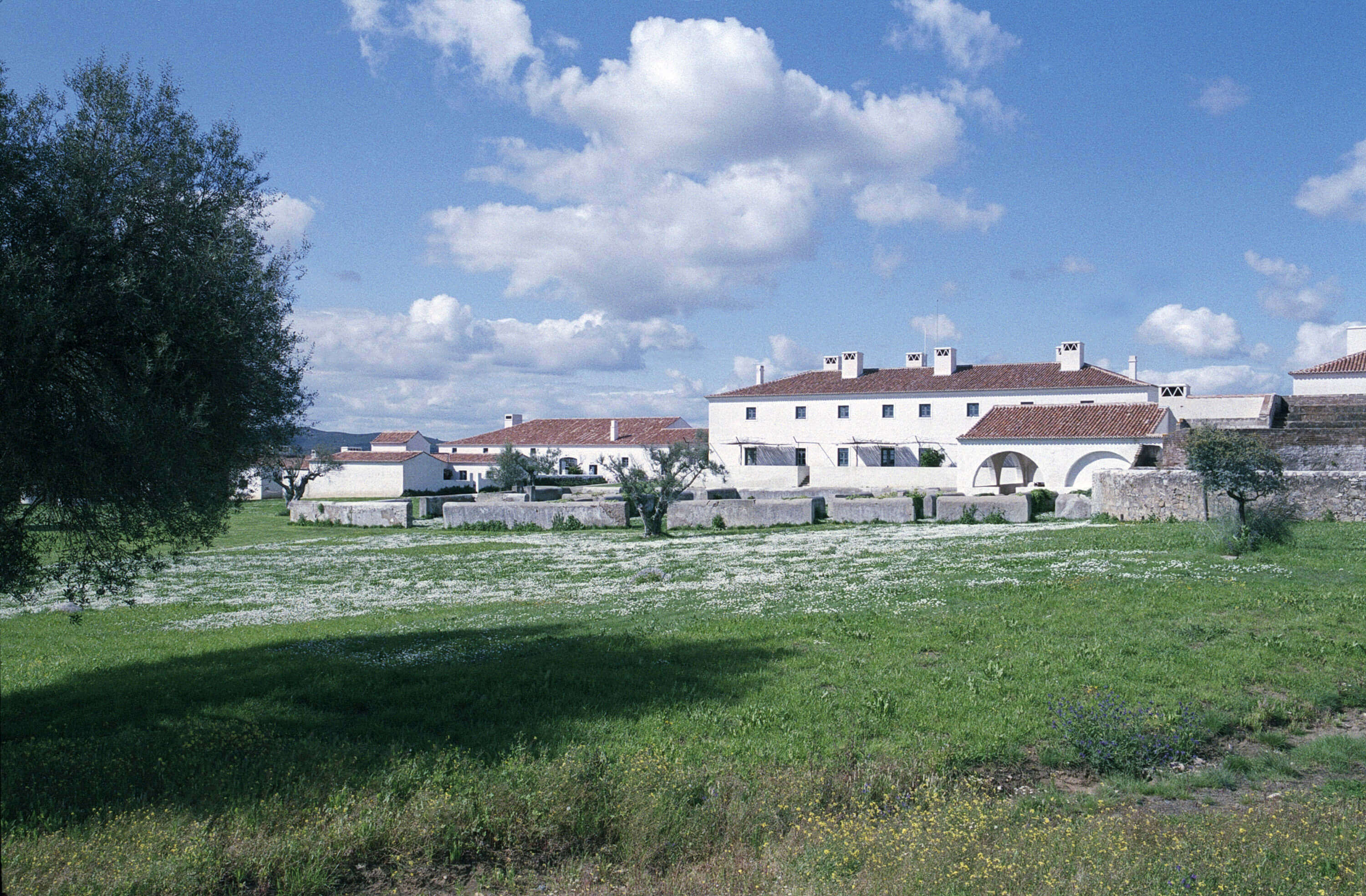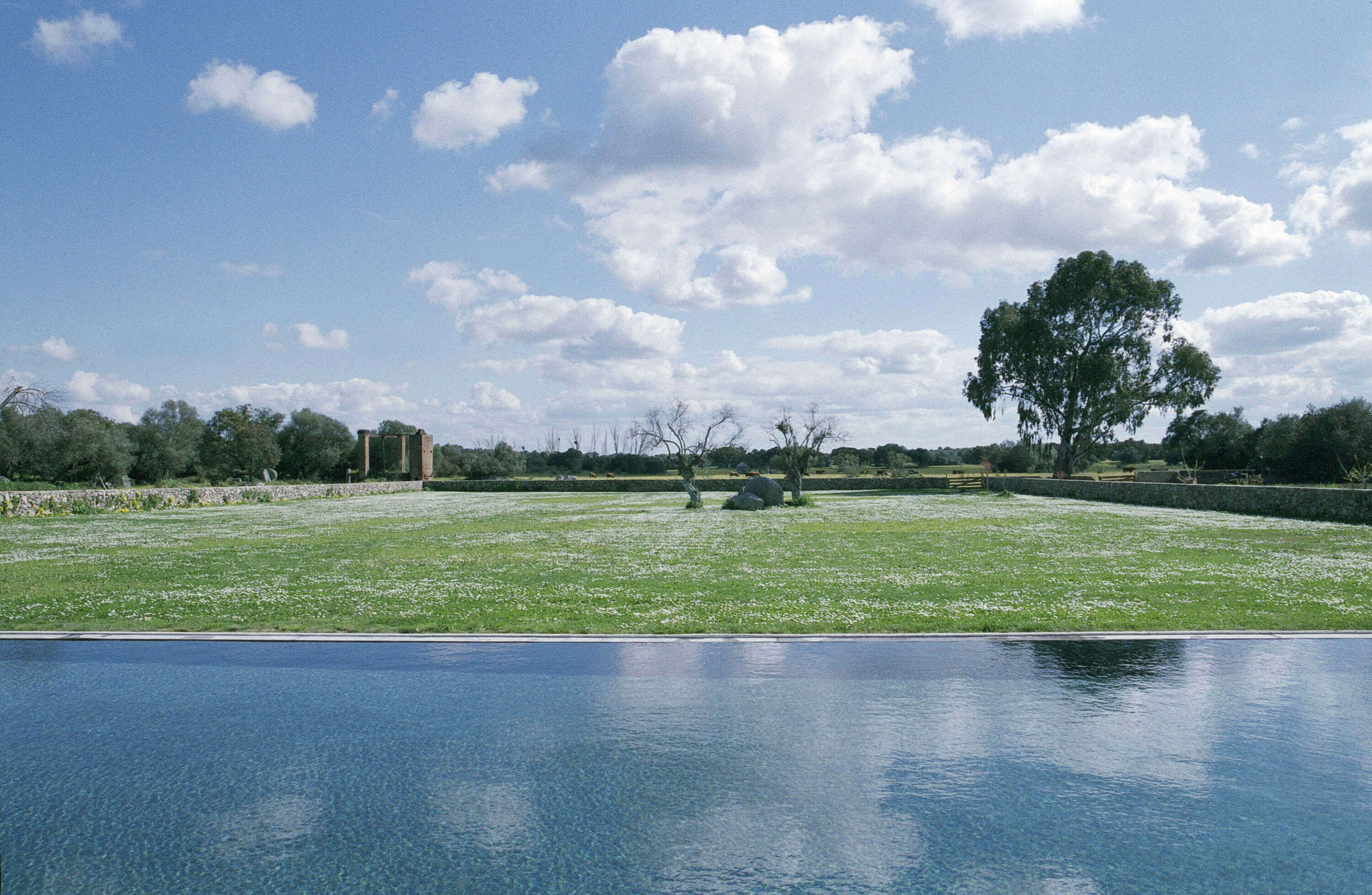Monsaraz, Alentejo, Portugal. We’re given two maps, one numbers the farm buildings: the cellar, the old cereal silos, the livestock sheds, the vegetable garden and the swimming pool, the stone walls, the restaurant, the bedrooms and the cottages, the shop and the spa. The second map shows the paths and what you’ll come across on the estate: the stone menhirs, the Neolithic dolmens, the pond, the cereal fields, the olive grove, the vineyards, the birdwatching hut, the Roman dam, the path for Castello di Monsaraz, the access to the water of Lake Alqueva, the picnic lawns, the shade of the cork and oak plantations.
Imagine, if you can, that each of these things is expressed in breathtaking numbers and it soon adds up: 275 days of sun a year distributed over 7.8 million square metres in communion with nature, which in São Lourenco reawakens in April every year and in May is already ready for the first harvest.
The farm is a working farm again, thanks to the love and foresight of José Antonio Uva, eighth generation, a young man respectful of the past, who has decided to revive the twentieth-century monte that his forefathers called their home and workplace. A monte was a small traditional farming village where the farmer and the farmworkers’ families lived in a single private space.
The pace of life on the farm today, at the crossroads between history and modernity, is reminiscent of the best days that pass by in the period photos of the smiling family, with the big Easter Sunday meals and the traditional lamb stew, the livestock fairs in the courtyard, the late October harvests, the processions, the noisy swallows that migrate to Africa when the cold comes, the 1940s women, on a skiing holiday in a snowy Europe no less.
A rich pastoral community buzzing with life whose originality never ceases to amaze: a guests’ residence designed by John Pawson is presently under completion in the estate woods.
